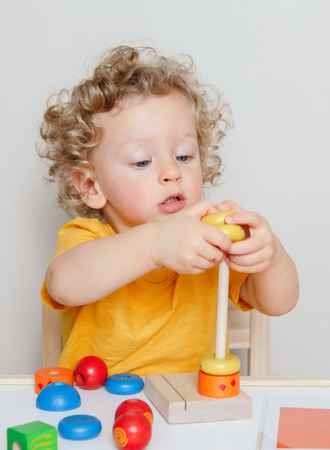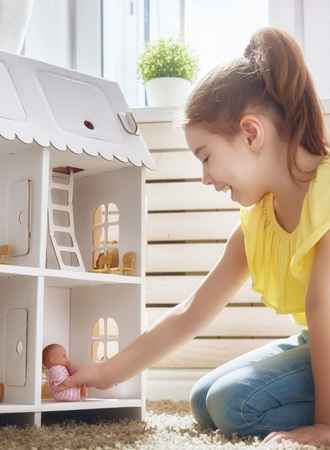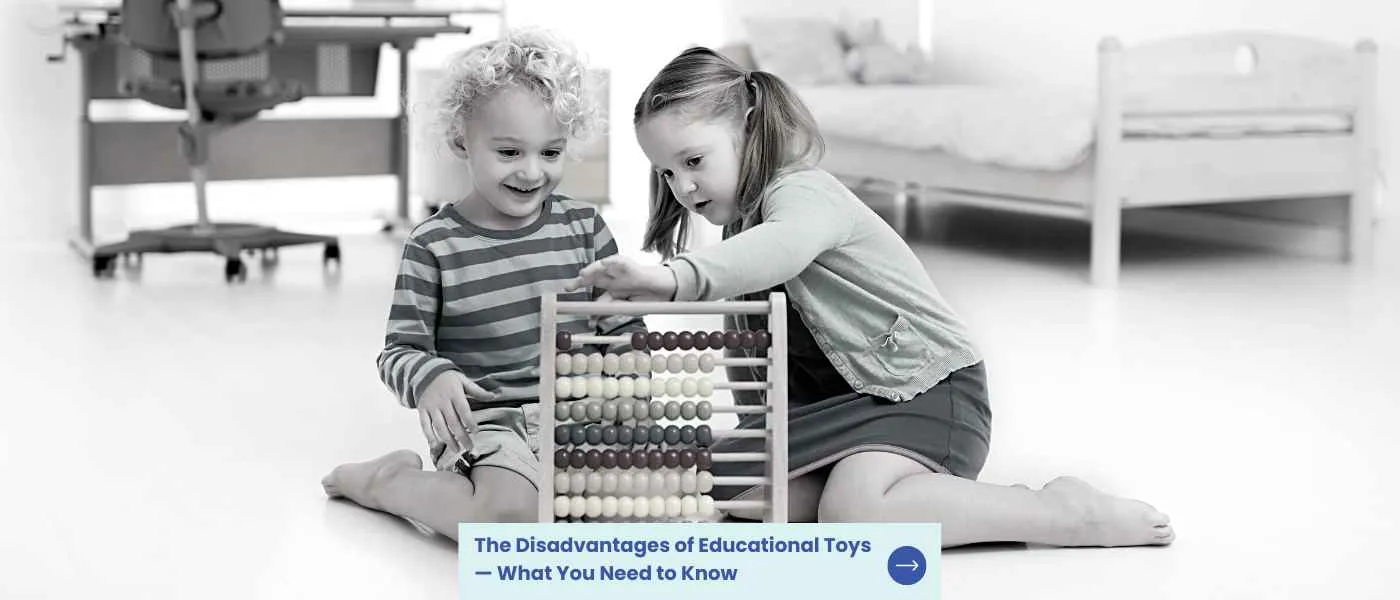As parents, we all want the best for our children, especially when it comes to their development and education. We want them to have access to every possible tool that will help them learn and grow, which is why toys have become so popular in recent years. However, there may be potential disadvantages to relying too heavily on these toys. In this blog post, we will explore the downsides of toys and offer some alternative ways to support your child’s development.
Key Takeaways on Potential Disadvantages of Traditional Toys
- Electronic gadgets and toys can offer many benefits, but they also come with some potential downsides. By considering your child’s interests, doing your research, and encouraging imaginative play, you can make an informed decision about whether electronic toys are a good fit for your family.
- Toys can be a great source of entertainment for kids, they can also become a distraction. By setting clear boundaries, providing alternative activities, offering incentives, and limiting screen time, parents can help their kids stay focused and avoid distractions.
- Choose toys that are educational, age-appropriate and safe for babies and toddlers.
What Are the Potential Drawbacks of Educational Toys?
There may be some potential disadvantages of playing with educational toys, depending on how they are used and the individual child’s needs and preferences. Here are a few possible drawbacks to consider:
- Limited creativity — Learning toys often have a specific goal or learning objective in mind, which can sometimes limit a child’s ability to be creative and explore on their own.
- Overemphasis on academic learning — While academic skills are important, some children may feel pressured to focus solely on academic subjects and lose interest in other aspects of play that can be equally valuable for their development.
- Potential for boredom — Some children may find wooden toys boring if they feel like they are being forced to learn rather than engaging in play that feels fun and rewarding to them.
- Cost — Developmental toys can be more expensive than other types of toys, and parents may feel pressure to buy them in order to provide the best possible learning opportunities for their children.
Overall, the advantages of toys usually outweigh the potential drawbacks, especially when they are used in combination with other types of play and learning experiences. However, it’s important to keep in mind that every child is different, and what works well for one child may not work as well for another.

Are Modern Electronic Toys Good for Child Development?
Technology has allowed toy makers to produce modern toys. These modern electronic toys have become increasingly popular over the years due to their ability to offer interactive and engaging experiences for children. While they do come with several advantages, there are also some disadvantages to consider before making a purchase.

Advantage
Electronic toys keep children entertained for hours. With the various features and functions they offer, children can stay engaged and stimulated without getting bored. Electronic toys also often provide educational content, which can help children learn new concepts and develop important skills.
Additionally, some electronic toys can offer unique experiences that traditional toys cannot, such as virtual reality or augmented reality games. These can provide a sense of immersion and excitement that toys may not be able to match.
Disadvantages
While electronic toys can offer many benefits, there are also some downsides to consider. One of the biggest concerns is the potential for overstimulation. Electronic toys often have flashing lights, sounds, and other sensory features that can be overwhelming for some children, leading to fatigue or hyperactivity.
Another concern is that electronic toys may limit children’s imagination, as they are often pre-programmed with specific functions and actions. They may not provide the same open-ended play opportunities as traditional toys, which can foster imaginative play and problem-solving skills.

Actionable Suggestions
If you are considering purchasing an electronic toy for your child, there are several things you can do to ensure you make the best decision for your family. Here are some suggestions:
- Consider your child’s young age and interests. Make sure the toy is appropriate for their age range and aligns with their interests. Toys are amazing but they most of them are made for different ages so choose one that suits your kid.
- Limit screen time. Adults should be mindful of how much time your child spends playing with electronic toys, and consider setting limits to ensure they have a balanced play experience.
- Avoid buying too many toys. Most kids learn by playing but that doesn’t mean you buy many toys for them. Limited toys encourage children to be focus and be content with what they have and teach them perseverance. Let your baby or toddler play one toy at a time.
Tips for Choosing The Right Toys
When it comes to choosing open-ended toys for your family, there are a few key considerations you should keep in mind.
- It’s critical to choose toys that will challenge and engage your little one without overwhelming them or presenting too much of a struggle.
- Look for variety in play options so that kids can explore different types of activities with their toys and with other kids. This could include puzzles, building blocks and other toys, dolls and action figures as well as arts and crafts supplies such as paint sets or clay kits.
- Buy toys that keep most children engage in exciting activities and offer them plenty of opportunities to develop their language, communication, social skills and fine motor skills. These toys should also encourage children to discover new things in their environment and social interaction with their siblings or other children.
- When shopping for open-ended toys, invest in quality materials. Look out for eco-friendly manufacturing processes using sustainable resources such as wood instead of plastic whenever possible.

When Do Toys Become a Distraction for Kids?
Toys are often seen as fun and entertaining for kids, but there are instances where they can become a distraction.
One instance when toys become a distraction is during homework time. Kids may get easily sidetracked by their favorite toys, which can lead to procrastination and a lack of focus on their schoolwork. This can be frustrating for parents who want their child to succeed academically.
Additionally, toys can become a distraction when kids spend more time with friends. They may become so engrossed in their toys that they forget to interact with their peers or engage in other activities, which can hinder their social development.
To help parents keep their kids from getting distracted with toys, here are some actionable suggestions:
- Establish rules around when and where toys can be played with. For example, toys should be put away during meal times and homework time. This can help kids understand that there is a time and place for everything.
- Encourage kids to engage in other activities that don’t involve toys, such as reading, drawing, or playing outside. Let your kids use imagine and be creative with non-toy related activities.
- Create a reward system where kids earn toy-playing time after completing their homework or finishing their meals. This can help motivate them to stay focused on the task at hand.
- Too much screen time can also be a distraction for kids, so it’s important to limit their exposure to screens. Encourage them to engage in more physical and social activities instead.





